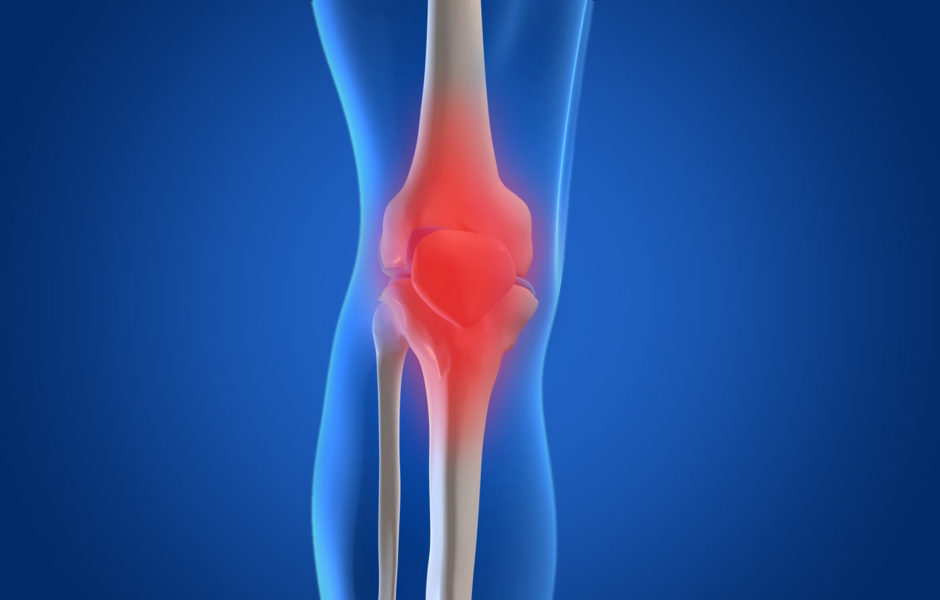Osteoarthritis (OA) – the most common form of arthritis – is a painful debilitating disease thought to be the inevitable result of aging and wear and tear. But what if the reality is more complex than that? Does an evolutionary perspective shed light on arthritis?
Recent research by Dr. Daniel Lieberman, evolutionary biologist from Harvard, provides key insights. Analysis of almost 3000 skeletons found that the prevalence of arthritis of the knee has actually doubled since 1950. Such a dramatic change in the last 50 years can only be due to environmental changes. By carefully controlling for age and BMI, the scientists were able to show that increased longevity and obesity were not causes of this dramatic spike in arthritis over the past 50 years.
Of course obesity is definitely a factor but does not explain the recent and sudden skyrocketing increases in the disease. Skeletal studies reveal that for thousands of years the prevalence of osteoarthritis did not shift, among hunter-gatherers, farmers, and industrial workers. The spike came suddenly in the postindustrial era, and the pattern of injury changed as well.
Typically trauma to the knee joint may trigger the development of osteoarthritis. People fall off a cliff, get injured by an animal, or get a sports injury – and these insults can increase the risk of osteoarthitis as much as eightfold. Most people studied in populations before 1950 had osteoarthritis in one knee, a hallmark of such a traumatic case.
But what’s happening increasingly today is that more and more people are getting the disease in both knees. Physical inactivity, which increased with the mid-20th century shift to service sector employment away from industrial employment, is an important factor. Exercise protects joints in multiple ways, by promoting the growth of proteins that lubricates joints, increasing the amount of cartilage in the joints, and affecting the production and turnover of collagen.
The elephant in the room is chronic inflammation, which has been linked to most modern diseases. All the factors that contribute to modern chronic inflammation, like poor diet, leaky gut, changes in the microbiome, and chronic stress likely play a role in the inflammation of OA as well. In fact, researchers recently found a link between specific bacteria in the microbiome and osteoarthritis pain. Therefore osteoarthritis is likely a disease of evolutionary mismatch, where our human physiology is maladapted to modern environments.
The solution would be to live in a more adaptive way to modern times, by following a diet suited to our constitutions, being physically active, managing our stress, healing our gut, getting sufficient sleep, and strengthening our social ties. Other factors that help reduce inflammation, like getting adequate omega-3’s in our diet, incorporating antiflamatory spices, and using certain Ayurvedic herbs like curcumin and Boswellia (as shown in this placebo-controlled RCT) can also be extremely helpful in treating what was thought to be an inevitable disease.



